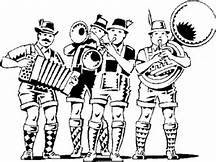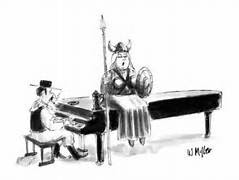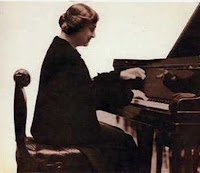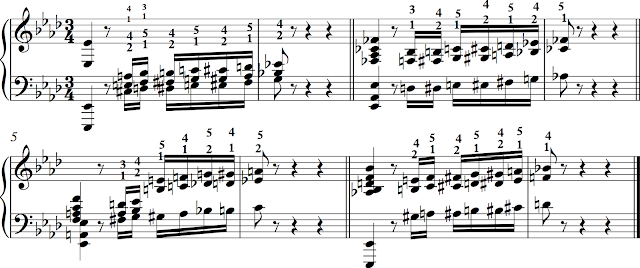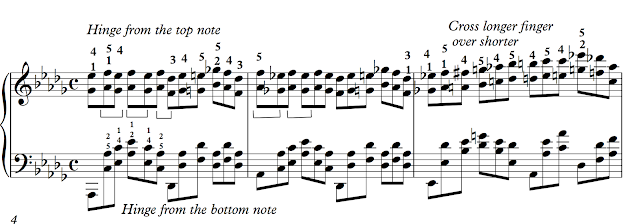A student asked me recently about the
importance of practicing scales and arpeggios. "Do I really have to," was the gist of her plea. I was happy to oblige with the answer, no, of course not.
Years ago, when I was a new university professor, this answer got me into some controversy with the local music teachers. Word got around that I didn't "believe" in scales, as if scales were somehow decreed in the Ten Commandments. Well, I had some explaining to do to avoid being excommunicated from the music community.
Here's what I think. We have to know all the major and melodic minor scales as a matter of basic keyboard topography. The thumb crossings should be well worked in and the coordination between the hands second nature. After that, though, practicing scales for "technique" is a waste of time. Or let's say it's a delay tactic. It's
something that can be done without thinking, the operative root here is think. Scales and arpeggios rarely, if ever, appear in repertoire they way we practice them in isolation. When we encounter them in music we have to re-learn them anyway.
So, if you want to practice scales, practice them in music you want to play. We pause here for a message from the sponsor. I have put together just such a volume: The Pianist's Guide to Practical Scales and Arpeggios, As they Occur in Pieces You Want to Play. The excerpts are the result of rummaging through a significant amount of repertoire—Bach, all of the Haydn, Mozart,
Beethoven and Schubert sonatas, as well as selected fantasies, variations, concertos and occasional pieces. There are also fragments from Chopin, Brahms and Debussy, although what was once ubiquitous in the Classical period becomes in later periods less so.
The repertoire encompasses middle intermediate to advanced levels. Of course, the preponderance of material lies in the least complicated keys, although there are examples in theoretical keys such as G-sharp major, D-sharp and C-flat, keys the indignity of which only pianists bear; string players are generally excused, except in certain orchestral works by Mahler or Richard Strauss.
Have a look. I'd be glad to know what you think. It's available here.
importance of practicing scales and arpeggios. "Do I really have to," was the gist of her plea. I was happy to oblige with the answer, no, of course not.
Years ago, when I was a new university professor, this answer got me into some controversy with the local music teachers. Word got around that I didn't "believe" in scales, as if scales were somehow decreed in the Ten Commandments. Well, I had some explaining to do to avoid being excommunicated from the music community.
Here's what I think. We have to know all the major and melodic minor scales as a matter of basic keyboard topography. The thumb crossings should be well worked in and the coordination between the hands second nature. After that, though, practicing scales for "technique" is a waste of time. Or let's say it's a delay tactic. It's
something that can be done without thinking, the operative root here is think. Scales and arpeggios rarely, if ever, appear in repertoire they way we practice them in isolation. When we encounter them in music we have to re-learn them anyway.
Beethoven and Schubert sonatas, as well as selected fantasies, variations, concertos and occasional pieces. There are also fragments from Chopin, Brahms and Debussy, although what was once ubiquitous in the Classical period becomes in later periods less so.
The repertoire encompasses middle intermediate to advanced levels. Of course, the preponderance of material lies in the least complicated keys, although there are examples in theoretical keys such as G-sharp major, D-sharp and C-flat, keys the indignity of which only pianists bear; string players are generally excused, except in certain orchestral works by Mahler or Richard Strauss.
Have a look. I'd be glad to know what you think. It's available here.






